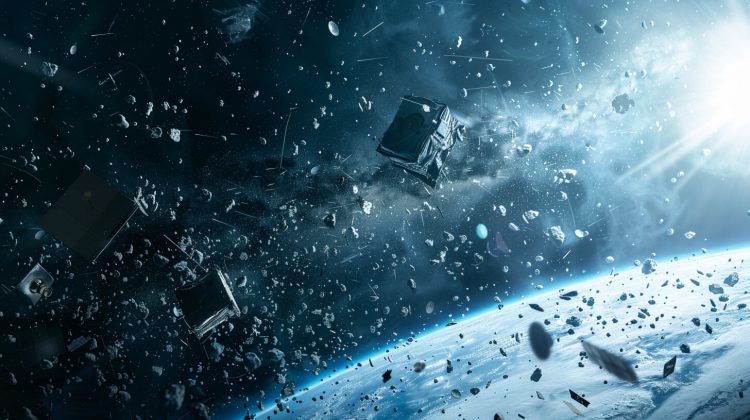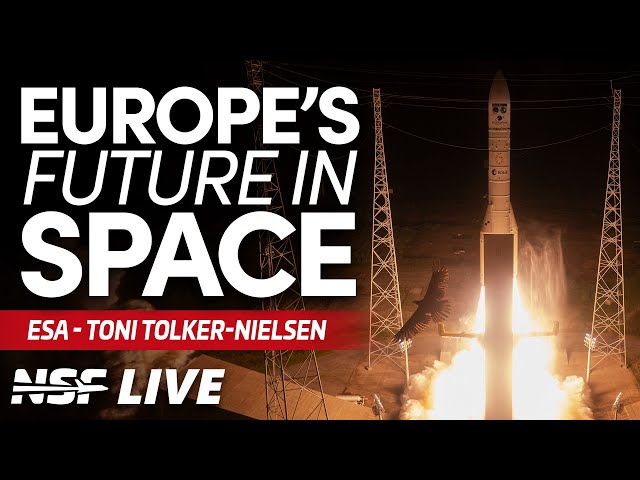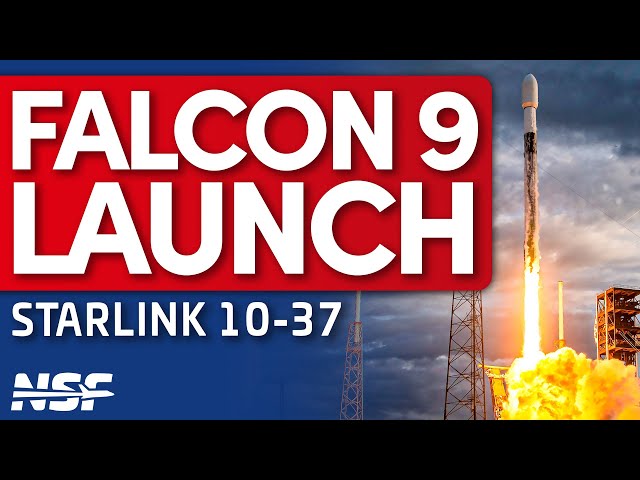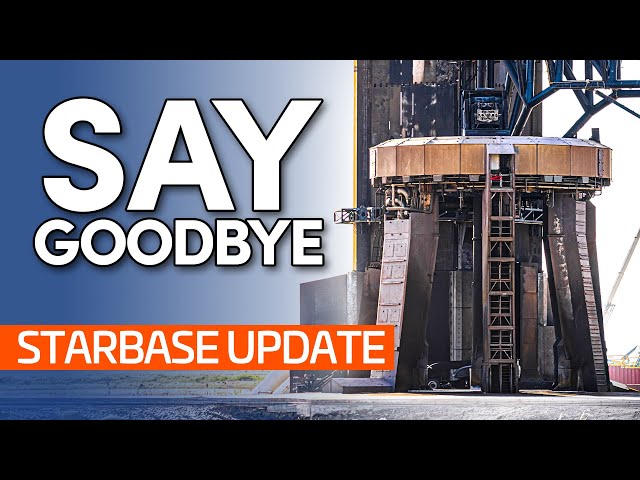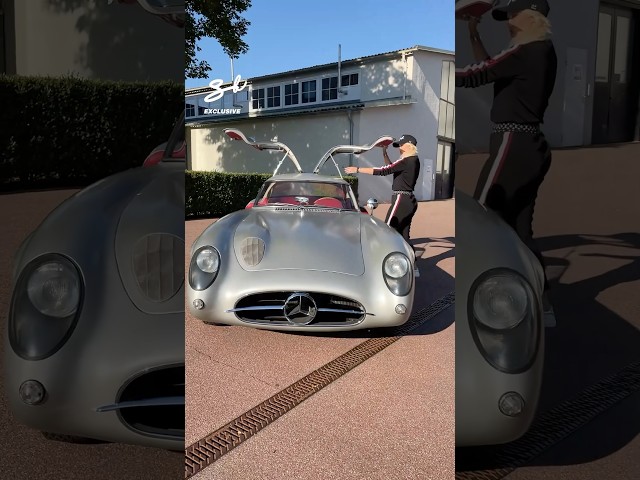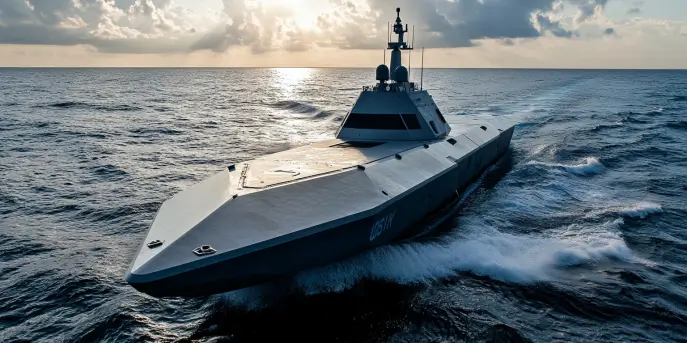Space exploration has brought humanity incredible achievements and advancements. However, it has also created an unintended consequence: space junk. Space junk refers to the defunct human-made objects in orbit around the Earth. These objects range from small screws to old satellites and spent rocket stages. With thousands of pieces of debris scattered across different orbits, the issue of space junk has become a significant concern for space agencies and scientists worldwide.
The presence of space debris poses various threats to both active satellites and human space missions. One of the most significant dangers is the possibility of collisions. The high speeds at which objects orbit the Earth mean that even small pieces of debris can cause significant damage. Collisions can lead to the destruction of satellites, disruption of communication networks, and ultimately, loss of critical services such as weather forecasting and global positioning systems.
Furthermore, the accumulation of space junk can lead to a cascade effect known as the Kessler syndrome. If two objects collide, they produce more debris, increasing the risk of further collisions. This chain reaction could potentially render certain orbits unusable and significantly hinder future space exploration endeavors.
Faced with this growing threat, space agencies and organizations are actively exploring various solutions to mitigate the dangers posed by space debris. One approach is to implement guidelines to ensure that satellites and spacecraft are designed to limit the creation of debris. This includes strategies such as using materials that will burn up upon reentry into Earth’s atmosphere or deploying deorbiting systems to safely remove spacecraft from orbit at the end of their operational lives.
Another proposed solution is the development of active debris removal systems. These systems would actively track and capture large pieces of space junk, either by using robotic arms or nets, and then safely removing them from orbit. Although this technology is still in its early stages of development, it holds promise for reducing the amount of debris in space.
Addressing the issue of space debris requires international collaboration. Space agencies around the world are working together to establish guidelines and best practices to mitigate the creation and effects of space junk. Organizations such as the Inter-Agency Space Debris Coordination Committee (IADC) foster cooperation and exchange information among member agencies to develop effective strategies for space debris management.
As we continue to explore the vast reaches of space, it is crucial to address the problem of space junk. Without proper management and mitigation efforts, the risks posed by space debris will only grow. While solutions are being explored, it is essential for governments, space agencies, and the scientific community to place a significant emphasis on preventing the further accumulation of space junk and ensuring the long-term sustainability of space exploration.
Space junk is a growing concern that poses significant threats to active satellites and future space exploration. The accumulation of debris in orbit around the Earth increases the risk of collisions and can potentially render certain orbits unusable. However, through international cooperation, the development of new technologies, and proactive mitigation strategies, it is possible to address this problem and ensure the ongoing success of space exploration endeavors.
